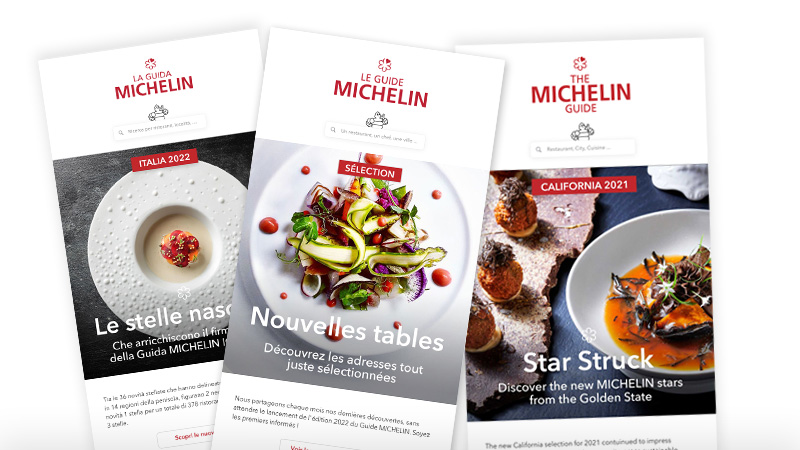How to Make Your Company More Valuable

The Real Definition of Company Value
In today’s startup world, “value” is often reduced to funding rounds and flashy valuations. But valuation is not the same as value.
In 2021, a first-time founder could raise millions on a pitch deck. However, many of those startups, despite raising big rounds, collapsed when markets tightened. Why? Because they lacked intrinsic value, strong margins, operational discipline, loyal customers, and a roadmap for long-term sustainability.
Company value is what survives a downturn. It’s the reason Apple became a $3 trillion business, while WeWork tumbled from $47 billion to near zero. True value combines financial performance, brand equity, customer trust, leadership strength, and market defensibility.
In this guide, we’ll explore how to increase the real value of your company, whether you’re bootstrapped or VC-backed. Along the way, you’ll hear the story of a founder who grew his company’s valuation 10x without raising a dime and learn actionable strategies to make your startup more valuable today.
Foundational Metrics That Signal Value
Investors and acquirers look far beyond revenue. The real indicators of value are quality, not just quantity.
Here are the key metrics that demonstrate value:
Revenue Growth – A necessary (but insufficient) factor. Growth without retention is leaky.
Customer Acquisition Cost (CAC) – A high CAC with low retention signals poor product-market fit.
Customer Lifetime Value (CLTV) – The longer and more profitably customers stay, the more valuable your business.
Burn Multiple – Defined as net burn / net new ARR. A burn multiple under 1.5 is ideal in today’s climate.
Gross Margin – Healthy margins indicate pricing power and operational efficiency.
Churn Rate – Low churn = loyal customers = stable revenue base.
According to Tomasz Tunguz, a leading venture capitalist at Redpoint, "the LTV/CAC metric can be a powerful metric to unpack the health of the go-to-market team of a company" (Source)
Case Study: How MeetEdgar Quietly Built a Multi-Million Dollar Company Without VC
Laura Roeder, founder of social media scheduling tool MeetEdgar, didn’t build her company in Silicon Valley, nor did she chase flashy funding rounds.
Instead, she grew a bootstrapped SaaS business to over $4 million in annual recurring revenue (ARR) with just a small remote team.
So, how did she make her company more valuable without raising capital? Here are some tips.
a. Focused on Recurring Revenue
Roeder built MeetEdgar as a subscription-first SaaS platform. From day one, the business model prioritized predictability over spikes in revenue.
b. Clear Target Audience
Instead of targeting enterprise clients or broad demographics, MeetEdgar focused on solopreneurs and small agencies. This clarity reduced customer acquisition costs and boosted retention.
c. Lean, Profitable Growth
By maintaining low overhead and hiring slowly, the company stayed profitable. This gave Roeder control over the business, without needing to chase rapid scale.
d. Process Automation
The company automated onboarding, customer support, and marketing, which increased margins and improved valuation for potential acquirers.
Roeder eventually stepped down as CEO and sold a controlling stake, earning a life-changing exit, all without external funding.
Strategic Moves That Drive Value Creation
You don’t have to be a tech unicorn to increase your company’s value. But you do need a strategy.
Here are key moves that compound value:
a. Build a Moat
Whether through proprietary technology, unique data, or exclusive partnerships, a moat protects you from copycats.
Dropbox, for example, was easily cloned. But Snowflake, with its deeply integrated cloud infrastructure, became a $90B company due to its technical moat.
b. Strengthen Brand Equity
Brands like Notion, Patagonia, and Oatly command premium valuations because customers love them. When customers become advocates, acquisition and retention costs drop.
c. Expand Intelligently
Geographic or vertical expansion can unlock new revenue, but only when core operations are solid. Many startups expand too soon and lose focus.
d. Be Exit-Ready
Whether or not you plan to sell, being M&A-ready increases perceived value. Keep clean books, documentation, contracts, and key metrics up to date.
Internal Levers: How Culture and Leadership Boost Value
Culture is not fluff. It’s an asset that shows up in retention, performance, and reputation.
Companies with strong cultures:
- Retain top talent (saving recruitment costs)
- Perform better financially
- Attract better investors and acquirers
According to McKinsey, companies in the top quartile for organizational health delivered 3x higher returns to shareholders (source).
Founders like Brian Chesky (Airbnb) and Ben Chestnut (Mailchimp) embedded culture into their companies early, and it paid off during times of crisis and acquisition talks.
The Investor’s Lens: What Makes a Startup Irresistible
To understand what makes a company valuable, put on an investor’s glasses.
Here’s what top VCs look for:
- Predictable Growth: Not just fast, but consistent
- Capital Efficiency: Can you do more with less?
- Scalable Infrastructure: Can your tech and team handle 10x users?
- Founder Coachability: Are you someone they want to work with?
Red flags that tank value:
- Fuzzy financials
- High churn or one-time revenue spikes
- Unclear roadmap
- Dysfunctional leadership teams
Quick Wins: 7 Practical Ways to Make Your Company More Valuable Today
Even if you’re early-stage, you can take action immediately:
- Switch to Recurring Revenue: Productize your service or add subscription models.
- Create a Dashboard of Key Metrics: Track CAC, CLTV, gross margin, and churn weekly.
- Trim Unprofitable Channels: Focus marketing where ROI is highest.
- Automate Operations: Use AI tools like Zapier, Notion AI, or HubSpot to save time.
- Raise Prices Strategically: Higher prices signal higher value if paired with better service.
- Improve Onboarding: Better onboarding reduces churn and boosts lifetime value.
- Write an Internal “Exit Memo”: Summarize your business like a buyer would. You’ll spot holes to fix.
Each of these improves perceived and actual value, fast.
What Not to Do – 5 Value Killers
- Single Point of Failure: One founder, one client, one platform = risky.
- Overhiring Early: Headcount bloat kills capital efficiency.
- Neglecting Brand Perception: A weak brand drives up CAC and slows sales.
- Poor Documentation: Missing financials or contracts reduce acquisition readiness.
- Chasing Growth at All Costs: Growth without margin is a mirage.
Conclusion: Value Is a Long Game, Not a Vanity Metric
Valuation is temporary. Value is enduring.
Startups that obsess over press releases, mega-rounds, and vanity metrics rarely survive downturns. But founders who build sustainable businesses, track the right metrics, and lead with purpose often emerge with high-value, acquisition-ready companies, even in tough markets.
The good news? You don’t need to raise millions to build something valuable. You just need discipline, clarity, and execution.
So ask yourself, not how much your company is worth today, but how much value you’re creating every week.
Because in the end, value is the one metric that compounds forever.
Read - How Salesforce reimagined itself into a corporate venture capital powerhouse

square.jpg)










